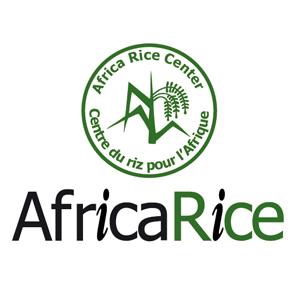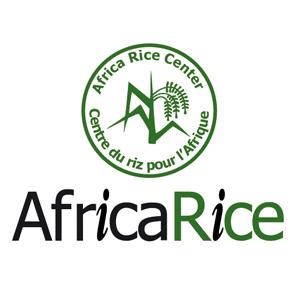
Rice concerns thousands, if not millions, of people in addition to rice farmers. On the pre-production side there are the producers and manufacturers of inputs (seeds, fertilizers, pesticides) and machinery and the traders who sell them.
On the postproduction side, there are processors, traders, wholesalers, retailers and consumers.
Matty Demont is an agricultural economist based at the AfricaRice Sahel Station. “The Senegalese eat mostly imported rice instead of the locally produced rice — why?” he asks. “The answer must be related to rice value chains in Senegal, and it will give us clues how to orient rice strategy to the end-user — making the chains buyer-driven”.
The vast majority of Senegalese people in Senegal eat imported rice. This preference is influenced, at least in major part, by the fact that locally produced rice (especially in the Senegal River valley [SRV] in the north) has historically been of mediocre quality, comprising mixed varieties, heterogeneous grain quality and with unacceptably high levels of impurities.
But what if it was tailored to market preferences in terms of quality and presentation, would the people pay for it?
By using an experimental auction system, and locally produced branded rice (Rival — a trademarked brand of domestic rice, marketed by the NGO Plateforme d’appui aux initiatives du nord, PINORD), Demont and his team found that women consumers were willing to pay a premium for Rival more than double what they would and do pay for imported rice on the market (38% cf. 16%).
That said, some 20% of the participants preferred the conventional SRV rice. “The policy implication here is that we should never seek to push all SRV rice down the route of quality”, says Demont. “There is a market segment of consumers who are not willing to pay for quality. Value chain development should ensure that conventional SRV rice remains available for those consumers if improving its quality will result in significantly higher prices”.
The key lessons from the value-chain work conducted in Senegal are that the availability of quality local (SRV) rice needs to be promoted among the population, production of quality rice requires investment, and policy needs to be sequenced — starting with increasing the quality of locally produced rice to the level of imported rice, which adds value to the product; scaling up rice production; and running promotional programs to market the surplus and replace imported rice in urban end-markets.
An article “Policy Sequencing and the Development ofRice Value Chains in Senegal” by Matty Demont and Amy C. Rizzotto, published this month in “Development Policy Review,” focuses on this issue.
For more information on AfricaRice, visit www.AfricaRice.org
Podcast credit : Savitri Mohaptra, R.Raman, AfricaRice
More Episodes
Krishna Devkota, AfricaRice Agronomist
 2019-07-14
2019-07-14
 30
30
 2019-07-14
2019-07-14
 30
30
Kalimuthu Senthilkumar, AfricaRice Extension agronomist
 2019-07-14
2019-07-14
 26
26
 2019-07-14
2019-07-14
 26
26
012345678910111213141516171819
Create your
podcast in
minutes
- Full-featured podcast site
- Unlimited storage and bandwidth
- Comprehensive podcast stats
- Distribute to Apple Podcasts, Spotify, and more
- Make money with your podcast
It is Free
- Privacy Policy
- Cookie Policy
- Terms of Use
- Consent Preferences
- Copyright © 2015-2024 Podbean.com






